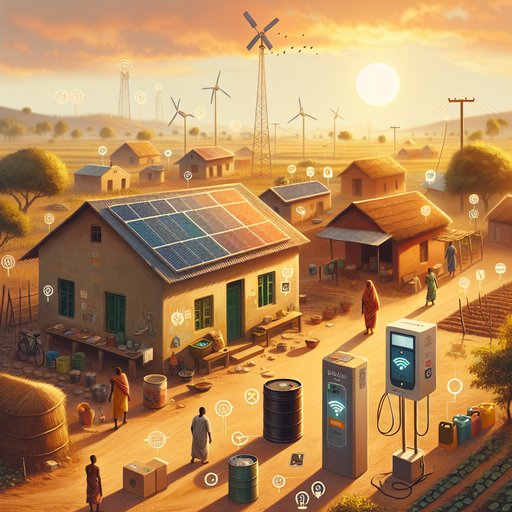
In a narrow house where every wall carried the sound of a different clock, a young caregiver and an aging watchmaker learned to keep time together. What began as a shift on a printed schedule became a soft, defiant love that rearranged the hours and taught them both how to stay.

Motherboards have transformed from simple interconnects into high-speed, high-power platforms that orchestrate dozens of standards without compromising stability. The push for PCIe 5.0 bandwidth, multi-hundred–ampere CPU transients, and a tangle of modern I/O—USB4, Thunderbolt, NVMe, Wi‑Fi, and legacy interfaces—has forced sweeping changes in board layout, materials, firmware, and validation. What used to be a question of slot count is now a careful exercise in signal integrity budgeting, power delivery engineering, and standards negotiation. Understanding how motherboards evolved to meet these demands reveals the quiet, meticulous work that enables today’s CPUs, GPUs, and SSDs to reach their potential while still welcoming older devices.

Tires are the only part of a Formula 1 car that touch the track, turning aerodynamic load and engine power into lap time. Over the last quarter-century, tire technology and regulation have shaped not only the speed of the cars, but also the storylines of championships, strategies, and safety. From the Bridgestone–Michelin rivalry that fused engineering with politics, to Pirelli’s brief for designed degradation, rubber compounds and constructions have often been the decisive variable. Understanding how tires evolved in F1 is to understand how races are won, lost, and sometimes transformed overnight by a single safety car or a shift in track temperature.

Extending reliable, affordable, and clean electricity to underserved communities is one of the most practical levers for climate progress and human development. Microgrids, pay-as-you-go solar, and community energy projects are reshaping how power is generated, financed, and governed, reaching places where traditional grids stall or cost too much to extend. These approaches blend proven technologies with new business models and digital tools, helping households replace kerosene and diesel while enabling schools, clinics, farms, and small enterprises to thrive. Their success depends on thoughtful design and fair regulation, but the momentum is real: energy access is no longer an either/or choice between central grids and candles, it is a portfolio of solutions that can scale, interoperate, and endure.
































































